Graceann Pruitt
“I didn’t fit the mold of a traditional student and an online education presented the best option for my to be a successful student.”
– Graceann Pruitt
Blended and online learning experiences help bridge learning gaps because material is explained in many different ways. By reading, listening, even hands-on experiments students are taught in the aspect that they learn best. In traditional schools there are too many students in one classroom to format the material for each student. But online classes give assignment options and include reading, videos and interactive material. By covering the different ways that different students retain information, the student is better equipped for tests, college, jobs and ultimately life.
My personal favorite bridged gap is connecting with other students through the assignments. In traditional classrooms collaborating with other students does not ensure there will be diversity. Most students are from the same area. However, with online courses the students are from all over, with different experiences and beliefs.
“Online schooling helped me through one of the toughest times in my life. When my granddad was in the hospital for an extended period of time, I was able to submit coursework through the hospital wi-fi but also be right where I needed to be which was with him and other loved ones.”
Before attending online courses, the public high school I attended was located in a small town, thus there were limited course options. In traditional classrooms, there is always the class clown that distracts from the lesson or the advanced student whom made the other students feel worse because they didn't know the answers yet. Traditional schools are also often riddled with bullying.
But with online courses almost any course was available. I ultimately chose online courses because of their availability. I was able to access them anywhere as long as there was WI-FI. I can take trips and spend time with my family, and then use hotel WI-FI to submit work. The combination of the freedom to do what I love and learn needed information keeps me from becoming burned out or disinterested in schooling.

